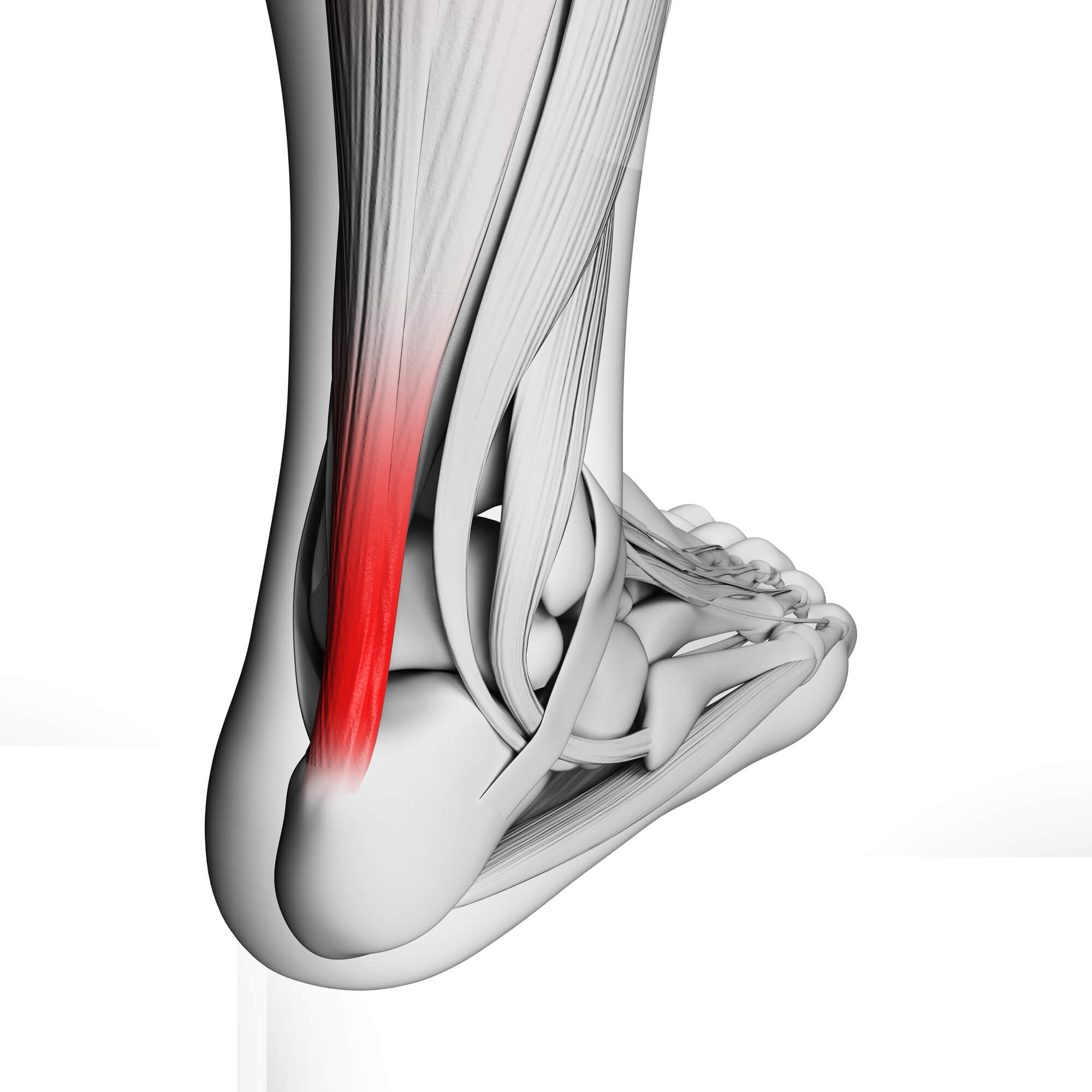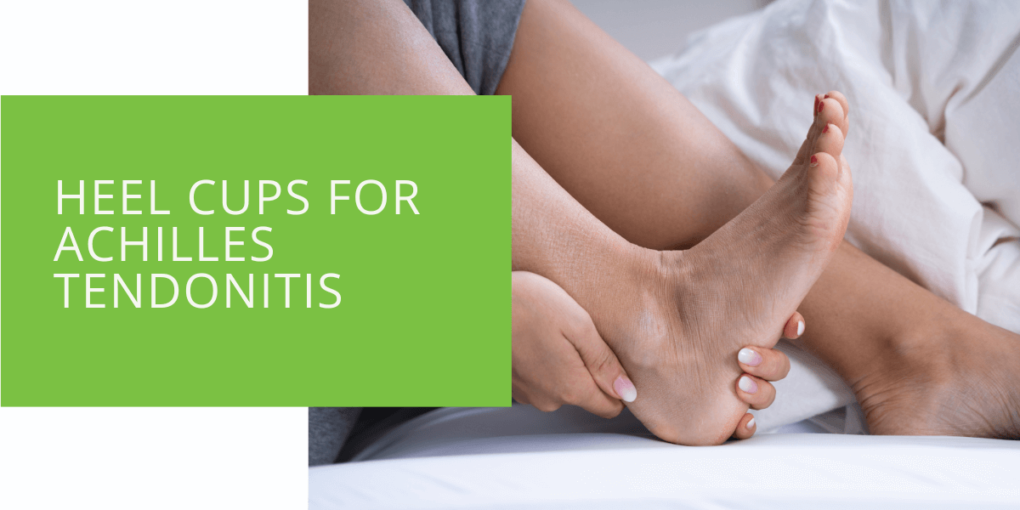Heel Cups for Achilles Tendonitis
Living with Achilles tendonitis can be a challenging experience, as it often causes pain and discomfort in the heel and ankle. Fortunately, heel cups can offer significant relief and support for individuals with this condition. In this article, we will explore the benefits of heel cups in managing Achilles tendonitis, discuss different types of heel cups and inserts available, and provide guidance on how to choose and use them effectively.
Understanding Achilles Tendonitis
The Achilles tendon, the largest tendon in the body, connects the calf muscles to the heel bone. Achilles tendonitis is inflammation of this tendon, often caused by overuse, repetitive strain, or biomechanical issues. The condition can lead to symptoms such as pain, stiffness, swelling, and tenderness in the back of the leg, just above the heel.
The Role of Heel Cups in Managing Achilles Tendonitis
Heel cups are specially designed inserts that fit inside the shoe to provide cushioning and support to the heel and Achilles tendon. They work by absorbing shock, reducing pressure on the tendon, and promoting proper foot alignment during activities. Heel cups can help alleviate pain, protect the Achilles tendon from further damage, and improve overall foot function.
Types of Heel Cups and Inserts
There are various types of heel cups and inserts available on the market. The most common materials used include silicone, gel, and foam. Each type offers specific advantages, such as superior shock absorption, cushioning, and durability. Some heel cups also feature features like arch support or built-in heel lifts to provide further relief and support.
Choosing the Right Heel Cups
When selecting heel cups for Achilles tendonitis, it is essential to consider factors such as size, fit, and comfort. Heel cups should fit snugly inside the shoe without causing any discomfort or irritation. It is advisable to consult with a podiatrist or healthcare professional to ensure proper sizing and get personalized recommendations based on the individual foot structure and symptoms.
How to Use Heel Cups Effectively
To use heel cups effectively, it is crucial to follow some guidelines:
- Proper Placement: Position the heel cups in the shoe, ensuring they are aligned with the heel and covering the affected area. This helps provide targeted support and cushioning to the Achilles tendon.
- Gradual Adaptation: Wear heel cups for short durations and gradually increase the usage time as your foot adjusts. This allows the foot and Achilles tendon to adapt gradually, minimizing discomfort or potential over-reliance on the heel cups.
- Combination with Orthotics or Insoles: Depending on individual needs, combining heel cups with custom orthotics or insoles may provide added benefits. Orthotics can address underlying foot mechanics, correct alignment issues, and provide overall foot support, complementing the effects of heel cups.

Tips for Preventing Achilles Tendonitis
While heel cups can offer significant relief for Achilles tendonitis, it is always better to prevent the condition from occurring in the first place. Here are some preventive measures and lifestyle tips:
- Wear Proper Footwear: Choose shoes that provide adequate support, cushioning, and stability. Opt for shoes with a heel counter, arch support, and shock-absorbing soles.
- Warm-Up and Stretch: Conduct proper warm-up exercises to prepare the muscles and tendons before physical activities. Additionally, incorporate stretching routines targeting the calf muscles to maintain flexibility.
- Gradual Increase in Physical Activity: Avoid sudden increases in exercise intensity or duration. Gradually build up the intensity and duration of your workouts to allow your body, including the Achilles tendon, to adapt to the demands.
- Listen to Your Body: Consider warning signs, such as pain or discomfort in the Achilles tendon area. If you experience persistent symptoms, seek medical advice to prevent the condition from worsening.
Conclusion
Heel cups can be a valuable tool in managing Achilles tendonitis, providing much-needed support and relief for individuals with this condition. By cushioning the heel, reducing pressure on the Achilles tendon, and promoting proper foot alignment, heel cups help alleviate pain, protect the tendon, and improve overall foot function. Remember to consult with a podiatrist or healthcare professional to determine the most suitable heel cups for your specific needs. Incorporating heel cups into your treatment plan, along with preventive measures, can help you find relief and regain mobility, allowing you to enjoy your daily activities with greater comfort and confidence.
Key Takeaways
- Heel cups offer significant support and relief for individuals with Achilles tendonitis, alleviating pain and improving overall foot function.
- Choosing the right heel cups and ensuring the proper fit is crucial for their effectiveness.
- Combining heel cups with orthotics or insoles and preventive measures can enhance the management and prevention of Achilles tendonitis.
FAQ
Are heel cups good for Achilles tendonitis?
Heel cups can be highly beneficial for individuals with Achilles tendonitis. They provide cushioning and support and help alleviate pain and discomfort associated with the condition.
What is the best thing to wear for Achilles tendonitis?
When dealing with Achilles tendonitis, wearing shoes that offer proper support, cushioning, and stability is essential. Look for shoes with a heel counter, arch support, and shock-absorbing soles to provide the necessary comfort and protection for the Achilles tendon.
What should I wear if I have Achilles tendonitis?
If you have Achilles tendonitis, it is recommended to wear shoes that are specifically designed for comfort and support. Look for shoes with features such as a well-cushioned heel, arch support, and a flexible sole. Additionally, incorporating heel cups or custom orthotics into your footwear can support and relieve pressure on the Achilles tendon.

